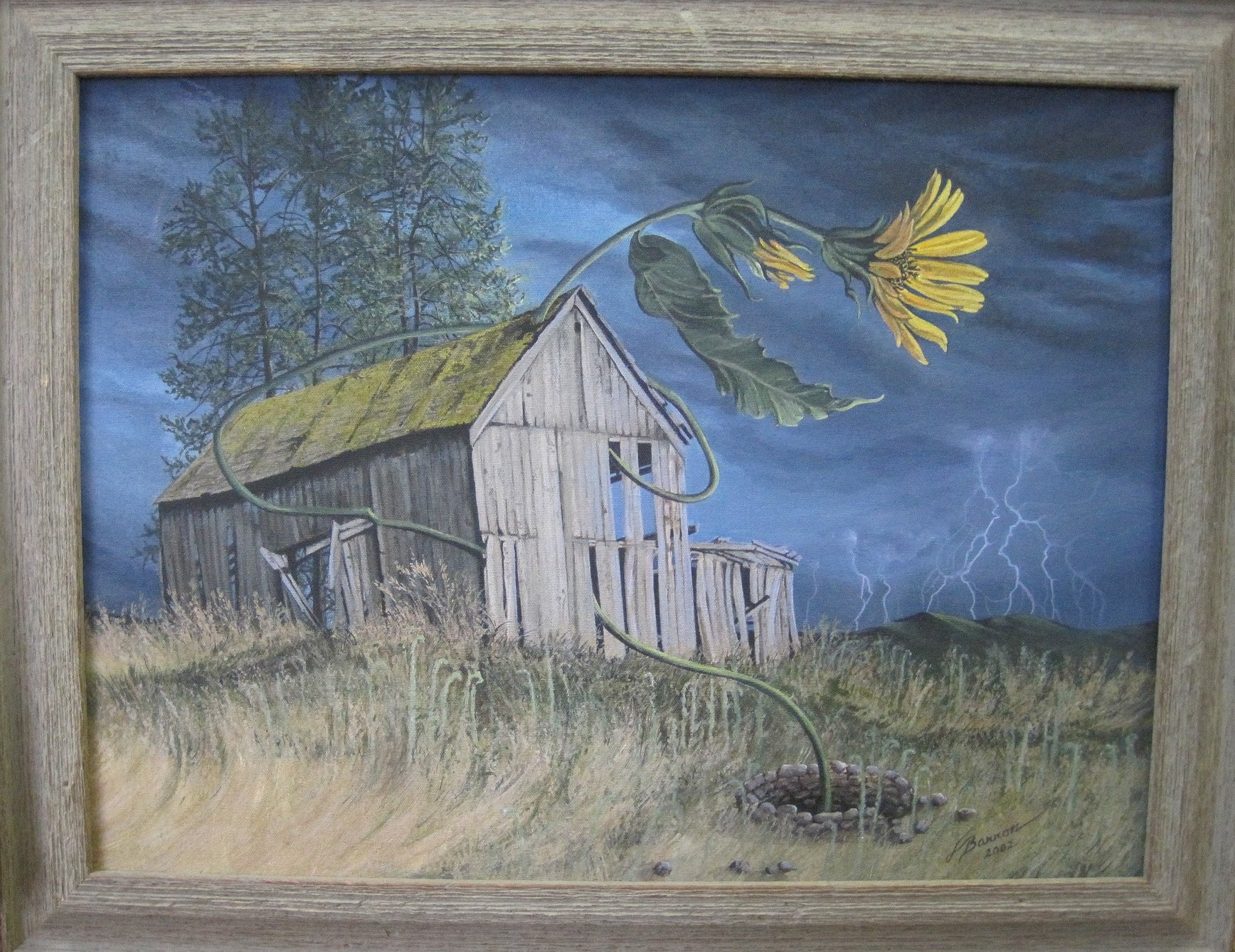ART INSIGHTS: Barns are beautiful
DIANE BARRON / Contributing writer | Coeur d'Alene Press | UPDATED 1 year, 2 months AGO
As a university student in the 1960s, all was about abstract art.
Little was representational, and one would certainly not claim to paint barns. That would be admitting to “anti-art,” sub-seriousness or creativity, and a forbidden country coddling. Artists and critics may be the worst at bad-mouthing barns! I knew the pleasure of playing in my uncle’s dairy barn. Most people find these beefy structures alluring.
The atmosphere of a barn is well presented in this E.B. White quote, “The barn was very large. It was old. It smelled of hay, and it smelled of manure. It smelled of the perspiration of tired horses, and the wonderful, sweet breath of patient cows. It often had a sort of peaceful smell — as though nothing bad could happen ever again in the world.” An answer to why barns are often red was found on Pinterest. “Hundreds of years ago, farmers painted their barns with linseed oil to help seal the wood and keep it from rotting. Rust was mixed with the oil to keep fungi and moss from growing on the wood. This turned the oil red. Barns today are still painted red in honor of that tradition.”
Though struggling to remain erect, historic barns speak to their days of representing self-sufficiency and preparedness. Every farm began with one. Every farmer labored to provide food, the critical ingredient to survival and growth. The barn was his bank. His equipment, supplies, provisions and revered animals were housed within its hand-hewn walls. Association member Clint Barnes, who enjoys painting … yes … barns, suggested this topic.
• • •
Diane Barron is the secretary for the Coeur d'Alene Art Association and the 2023 artist of the year.





